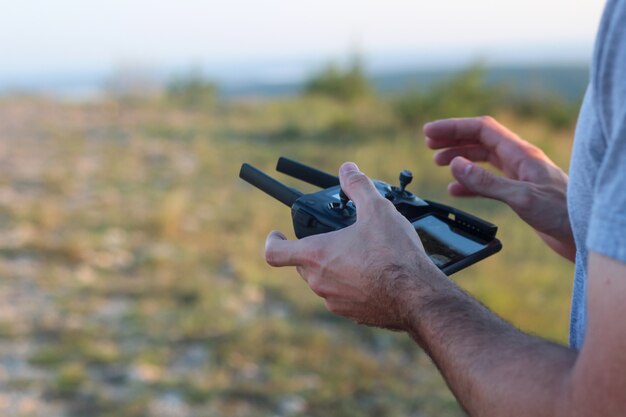
Sponsored article
In an age where drone use is escalating, safeguarding sensitive areas from unauthorized aerial intrusions has become crucial. One innovative solution is the use of passive RF detection systems. These systems offer non-intrusive monitoring by detecting radio frequencies emitted by drones, ensuring comprehensive protection without breaching privacy. By implementing these advanced systems, institutions can bolster their security infrastructure and maintain control over their airspace.
Understanding passive RF detection is essential for enhancing security in environments prone to drone intrusions. Passive RF detection systems, such as those used by MADDOS SkyProtector, operate by receiving and analyzing radio frequency (RF) emissions from targeted sources. Unlike active systems, these RF sensors do not emit signals, making them ideal for non-intrusive monitoring of drone activity. Here’s how their implementation delivers security advantages:
Embracing these systems provides a comprehensive, covert solution that safeguards high-security zones effectively. More information on this topic? Take a look at https://maddos.com/rf-detection/.
In the realm of drone security, passive RF detection systems are gaining momentum as a cutting-edge surveillance technology. These systems excel in monitoring unauthorized drone activity, offering a stealthy and efficient means to identify drones operating within restricted airspace. By passively capturing and analyzing RF signals emitted by drones, they enable security personnel to pinpoint the location, trajectory, and sometimes even the manufacturer of rogue drones. One of the most significant RF detection applications is its seamless integration into existing security frameworks, providing a non-invasive augmentation to traditional radar and visual surveillance systems. Unlike active systems, passive RF detection does not emit signals, making it less likely to interfere with other electronic systems or alert unauthorized drones to their detection. This technology proves invaluable in various security-sensitive environments, including airports, government installations, and public events, where unauthorized drone activity could pose serious threats to safety and privacy.
Recent advancements in RF detection technology have significantly contributed to enhancing security, particularly in the realm of drone monitoring systems. These new developments have paved the way for more accurate and effective identification of unauthorized drone activities. Several breakthroughs in the field include:
Collectively, these advancements in RF detection technology provide robust tools for ensuring enhanced security in drone monitoring applications.